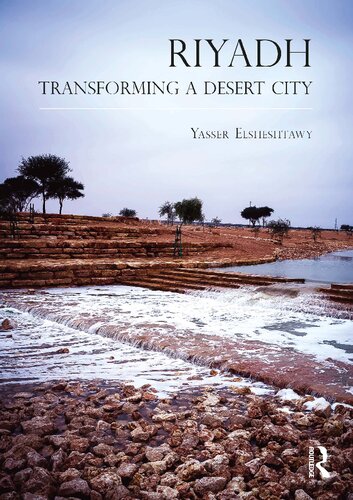

Most ebook files are in PDF format, so you can easily read them using various software such as Foxit Reader or directly on the Google Chrome browser.
Some ebook files are released by publishers in other formats such as .awz, .mobi, .epub, .fb2, etc. You may need to install specific software to read these formats on mobile/PC, such as Calibre.
Please read the tutorial at this link: https://ebookbell.com/faq
We offer FREE conversion to the popular formats you request; however, this may take some time. Therefore, right after payment, please email us, and we will try to provide the service as quickly as possible.
For some exceptional file formats or broken links (if any), please refrain from opening any disputes. Instead, email us first, and we will try to assist within a maximum of 6 hours.
EbookBell Team

4.7
106 reviewsRiyadh has set its sights on becoming a world city befitting the twenty-first century. To that end it has embarked on a massive construction drive evidenced in the proliferation of proposals for high-end districts, giga-developments and elaborate infrastructures. An urban vision seemingly dedicated to attracting global capital. Yet such a narrative can be misleading. A ‘humanization programme’, initiated during the tenure of its former mayor Abdulaziz bin Ayyaf, has complemented the city’s rapid rise by providing spaces catering for the everyday needs of its inhabitants. Yasser Elsheshtawy, in this richly illustrated book, targets these people-centred settings. It is a compelling counter-narrative interweaving critical theoretical insights, personal observations, and serendipitous encounters. He deftly demonstrates how Riyadh thrives through the actions of its people. As the world moves towards an urban model that is resilient and humane, the humanizing efforts of an Arab city are worthy of our attention. Riyadh’s premise is perhaps best captured in the cover image depicting the desert riverbed of Wadi Sulai, filled with rainwater, making its way towards the Saudi capital. Along its banks there will be dedicated public pathways and urban parks. It is a vision of an urbanity where both the spectacular and the everyday coexist. A city that is not just dedicated to the few, but one that serves the many.